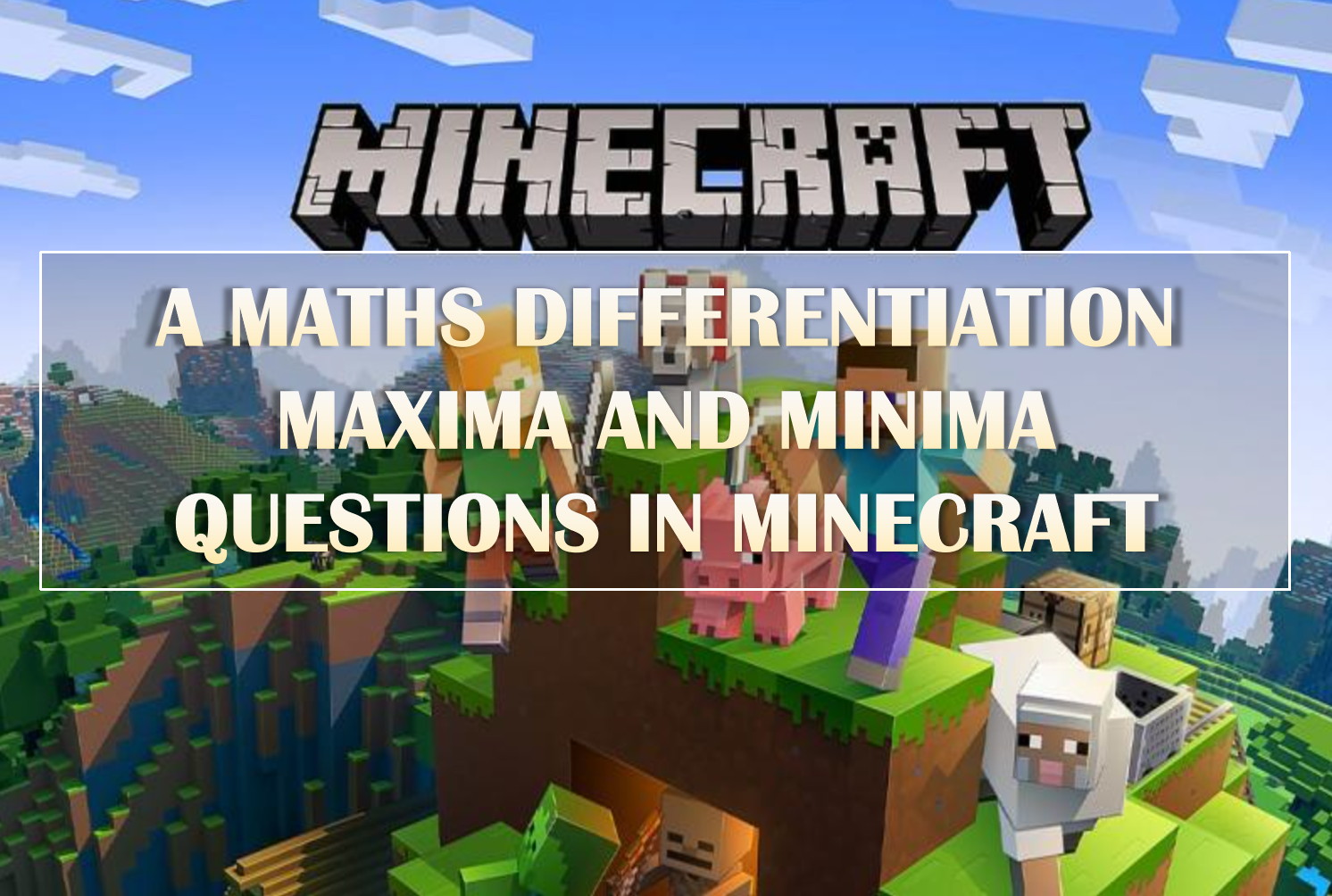
Using Minecraft to teach calculus
Over so many years in teaching, I have tried and tested different teaching strategies. One of the strategies I found to be immensely useful is to incorporate learning objectives into teaching.
Whether it is Chemistry, Biology, Mathematics, or Physics, harnessing the appeal of popular games helps students to appreciate, understand and remember the concepts better.
The game characters, personality, abilities, and context in which they are being employed in conjunction with the lesson materials can serve as excellent attention and memory anchors for students.
You see, the most common complaint raised by students is that they do not see the point of learning certain topics, especially since they are not using them immediately or in the future.
While educators can explain how they are being used in real-life applications, not all students can accept them.
For example, we could explain how solving minima and maxima optimization questions in differentiation is commonly seen in supply chain management.
Or you explain why there is a need for them to understand pressure calculations which are needed to know how to transport gallons of crude oil through a complex network of pipelines with different diameters and elevations.
While the attempt is commendable, students may still not see the immediate use for it.
“I understand where you are coming from, but I can’t appreciate it,” they would tell you.
It’s akin to telling drug users not to consume drugs now, since they do not appreciate the gravity of their actions until many years later.
A more effective way may be to weave in learning objectives and contextualize them into the games students play.
Most students are very willing to help their favorite game characters who are in a bind, even if it involves solving a mathematical equation.

To a gamer, it is super exciting to discover that only the role-playing character possesses the special skill sets necessary to solve that particular Physics question.
Maybe he can control gravity?
Or he could levitate.
Students appreciate the tiny details and that Wow factor!
A few very simple examples can be seen here,
I found having such scenarios immensely useful in capturing the students’ attention, and they are also able to retain their memory for a longer period, as well as to recall them easily.
However, it is important to do research well to know what the game entails.
Ideally, an educator should play the game himself or risk losing credibility.
Games have penetrated every aspect of our society on top of education. We can see examples of games being employed in health care education, higher education, training in business, military training. Militaries use them for training exercises, with the use of smartphones to apply their principles to track fitness.
Many of the sectors have adopted games, simulations, or gamification as a means to achieve training or learning goals or simply to attain improvement.
Remixing games is also a powerful activity where tools are creatively repurposed to meet the needs of users in specific contexts. In this case, the intent was to help students understand a game and then to engage the students by thinking of ways to modify one or more mechanics to incorporate lesson objectives so that the game could find an enhanced purpose, a new audience, a new level of complexity, or a new educational outcome. This design experience offers many insights to students from the perspective of playing the original game and making a remixed game with added benefits
Yes, it may not be Singapore Math but it works for my students.
Ultimately, it doesn’t matter if the cat is black, or white.
Ingel Soong is an educator and has taught multi-disciplinary subjects such as Chemistry, Physics, Mathematics, Finance, Economics, Statistics, and more. See his profile here.


